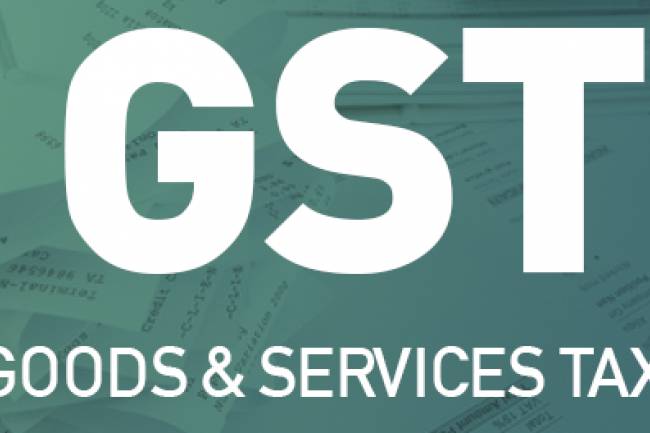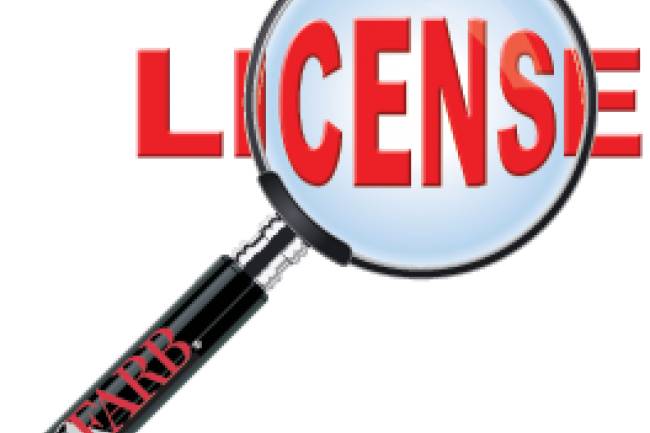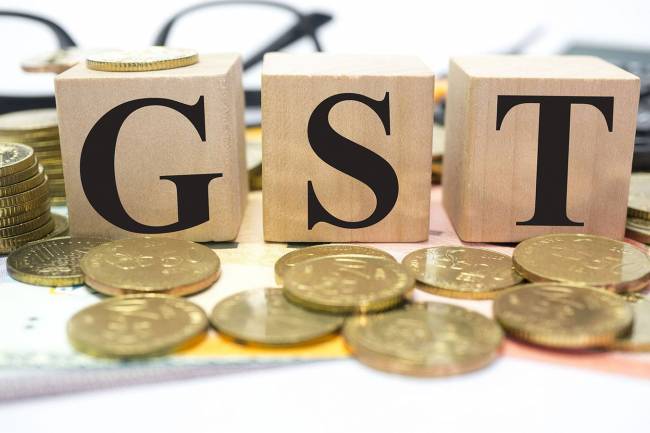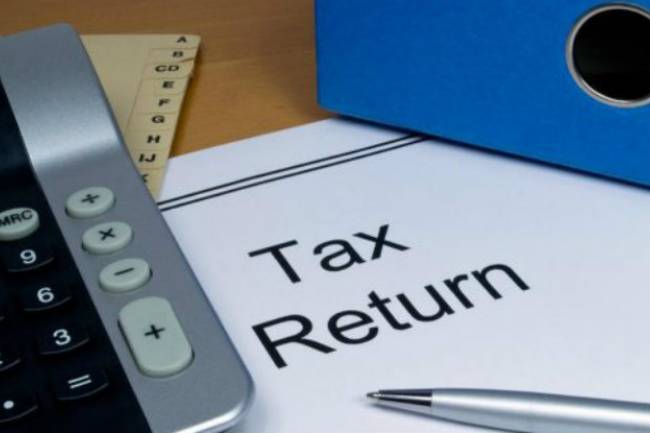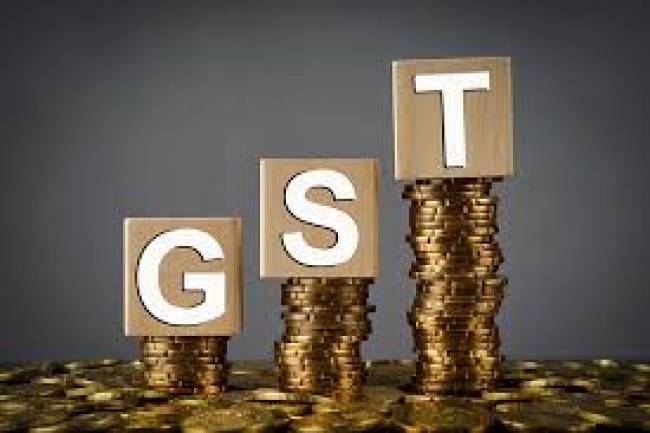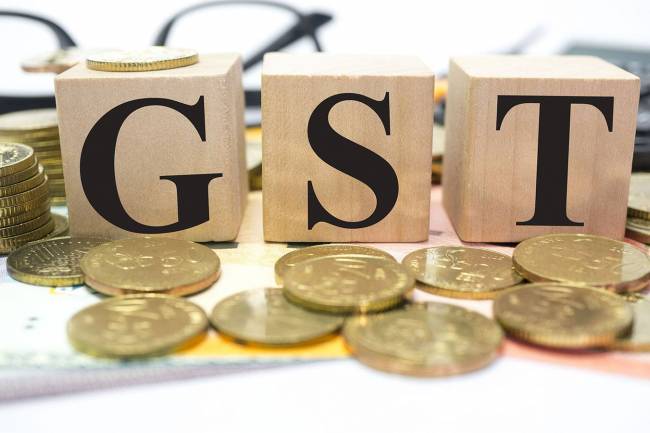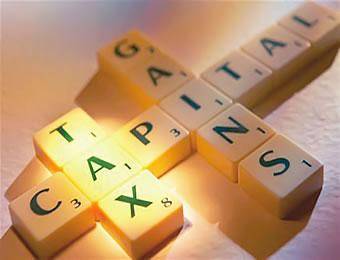
Capital Gains Tax in India
In India, the Total Income of a man is separated into five heads which are:
Wage from Salary
Salary from House Property
Salary from Business and Profession, otherwise called PGBP
Salary from Capital Gains
Salary from Other Sources
'Capital Gains' is the head of salary under which the benefits emerging from offering a Capital Asset are computed and charged to impose.
The arrangements overseeing Capital-Gains assess are contained in the Income Tax Act, 1961. According to area 2(14) of the Income Tax Act, beneath are the considerations and prohibitions from the meaning of Capital Asset.
Incorporations
Property of any sort held by you e.g. House
Securities held by a Foreign Institutional Investor
Adornments
Compositions
Archeological Collections
Figures
Gems
Drawing
Offers/Debentures/Bonds
Rejections
Stock in Trade of Business
Consumable Stores
Individual things (portable property) held for use by you or a needy relative
Country rural land
Gold Deposit Bonds issued under Gold Deposit Scheme, 1999
Clothing/furniture implanted or embroiderd with valuable/semi valuable stones
Sorts of Capital Assets:
Long haul Capital Assets: Assets held by the proprietor for a time of over three years are thought to be long haul capital resources. Special cases to this are:
Recorded Securities (other than units)
Units of Unit Trust of India
Units of Equity Oriented Fund
Zero Coupon Bond
For the above resources, a holding time of over a year will be viewed as long haul.
Here and now Capital Assets: Assets held for a time of under three years are known as Short Term Capital Assets.
Idea of Indexation:
In the event of Long Term Assets, the assesee is given the advantage of indexation to give assurance against rising expansion.
Consistently is doled out a number known as Cost Inflation Index (CII).
The Original Cost of Acquisition/Cost of Improvement is duplicated with the CII of year of exchange and isolated by CII of the time of procurement to touch base at Indexed Cost of Acquisition/Indexed Cost of Improvement.
Advantage of indexation isn't accessible for debentures and bonds independent of whether they are long haul or here and now.
Estimation of Capital Gains:
According to the Income Tax Act, following is the technique to be taken after to ascertain Capital Gains.
Deal Consideration Received/Receivable
Less: Cost of Acquisition of Asset
Less: Cost of Improvement of Asset
Less: Expenditure only acquired on such exchange
=Long Term/Short Term Capital Gains
Note:
For Long Term Capital Assets, Indexed Cost of Acquisition/Indexed Cost of Improvement will be taken.
The above recipe can bring about a Long Term/Short Term Capital Loss too. In such a case you will be permitted to set it off/convey it forward.
For resources acquired before 01.04.1981, you can take Fair Market Value of the benefit as on 01.04.1981 as the Cost of Acquisition.
Cost of Improvement acquired before 01.04.1981 is constantly disregarded while computing Capital Gains.
Capital Gains areTaxable in the Year of Transfer: Some Exceptions
The general decide states that Capital Gains will be assessable in the time of exchange. Be that as it may, underneath are the special cases to this run the show.
Transformation of Capital Asset into Stock-in-Trade of Business
Necessary Acquistion of Capital Asset by Government
Harm/Destruction of Capital Asset because of common cataclysm/war/revolt/common aggravation/inadvertent fire or blasts
In the principal case, Capital Gains are chargeable to impose in the year stock in exchange is sold or generally exchanged. Honest Value on the date of change will be dealt with as full estimation of thought and will be utilized to figure both PGBP and Capital Gains.
E.g. you had acquired an expanding on 01.06.1982 for INR 1, 80,000. This building is changed over by you into stock in exchange of your property managing business on 01.01.1992 when the Fair Market Value of this building is INR 9, 00,000. This building is sold by you on 01.01.2016 for INR 13, 00,000.
Presently the transformation has occurred in the year 1992, however since the stock in exchange has been sold in the year 2016 Capital Gains will be assessable in the money related year 2016-17.
Your PGBP is 13, 00,000-9, 00,000= INR 4, 00,000.
Your Long Term Capital Gains are:
Offering Price 9, 00,000
Less: Indexed Cost of Acquisition
1,80,000×199/109
3,28,623
Long haul Capital Gains 5,71,376
In the second case, if the Capital Asset is mandatorily obtained by the Government, Capital Gains are assessable in the year full/incomplete pay is first gotten from the Government.
Subsequently, if your property was mandatorily obtained in the year 1998, however you initially get remuneration in 2005; your Capital Gains will be ascertained in the year 2005-06.
In the third case, Capital Gains are assessable in the year in which protection cash/resource in lieu of harmed resource is gotten. The case for this case is like the one given above.
Rates of Capital Gain Tax
Exempt Long Term Capital Gains on recorded value shares/units of Unit Trust of India/Units of Business Trust on which STT is paid. Long haul/Short Term Capital Gains on Urban Agricultural Land on satisfying certain conditions is additionally absolved.
10% For unlisted securities held by alien/remote organization without indexation and without first stipulation relevant to non occupants. Likewise relevant to recorded securities held by the two inhabitants and non occupants on the off chance that it brings about a lower charge without indexation.
15% On Short Term Capital Gains under area 111A i.e. on recorded value shares/units of United Trust of India/Units of Business Trust where STT is paid.
20% On Long Term Capital Gains as a rule. Pertinent to inhabitant people, HUFs, local organizations and to non occupants too when the rate of 10% does not have any significant bearing.
Ordinary Tax Rate On all Short Term Capital Gains not falling under segment 111A.
Different Exemptions under Capital Gains:
Aside from the concessional assess rates and out properly absolved Capital Gains, there are some different exceptions under area 54 that can be profited under Capital Gains.
They are quickly outlined underneath
Segment 54/Section 54 GB: Capital Gains on special of private property
Segment 54B: Capital Gains on Transfer of Land utilized for Agricultural Purposes
Segment 54 D: Capital Gains on Cumpolsory Acquisition of Land/Building
Segment 54 EC: Exemption on Investment of Long Term Capital Gains in Bonds of NHAI/REC
Segment 54 F: Capital Gains on Certain Assets absolved if Invested in Residential House
Segment 54 G: Capital Gains on Shifting of Industrial Undertaking from Urban Area
Segment 54 GA: Capital Gains on Transfer of Assets in the event that Industrial Undertaking is exchanged fro Urban Area to a SEZ
Thus, in the event that you bring about any Capital Gains which are not officially excluded; and are pondering whether you meet all requirements for any exclusion, you can check the definite arrangements of the above areas.
On the off chance that you satisfy the conditions set down in any of the above segments, you can benefit exception.
Visit HireCA.com Now




